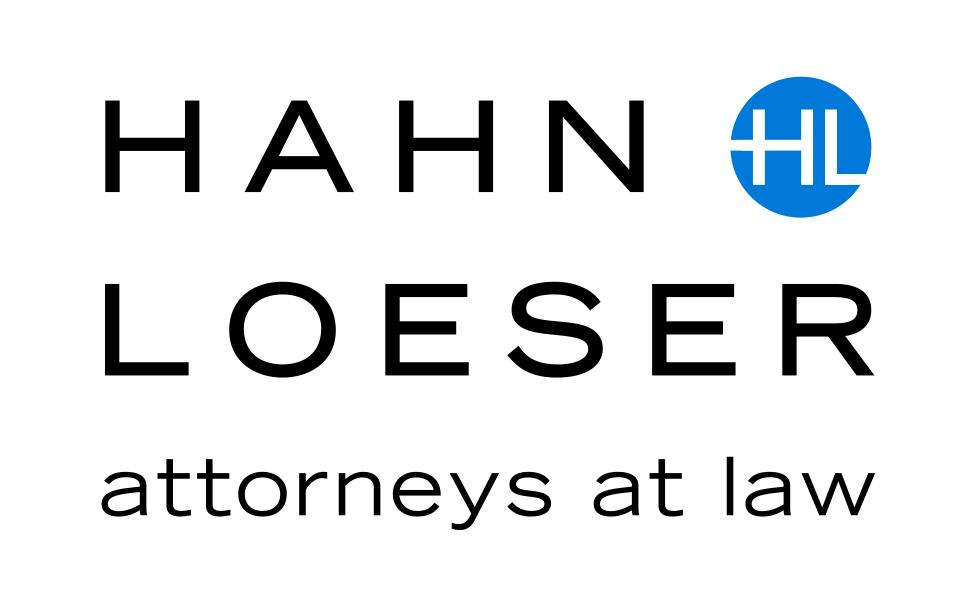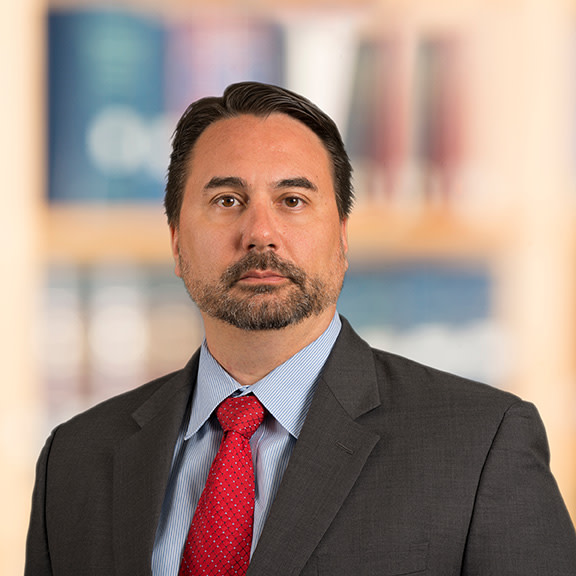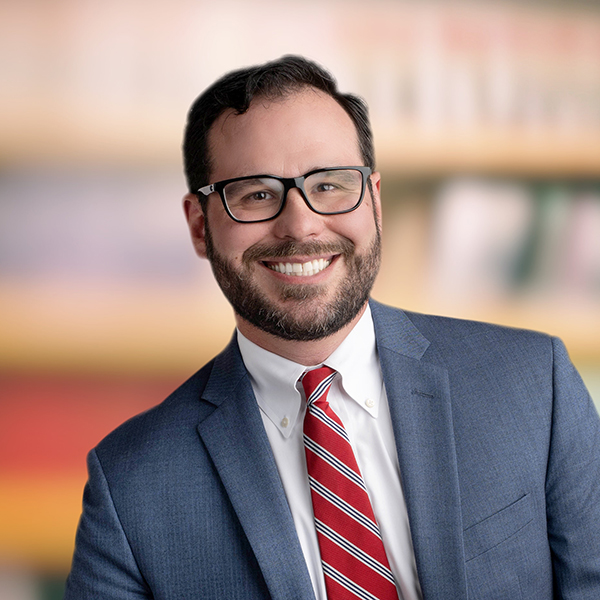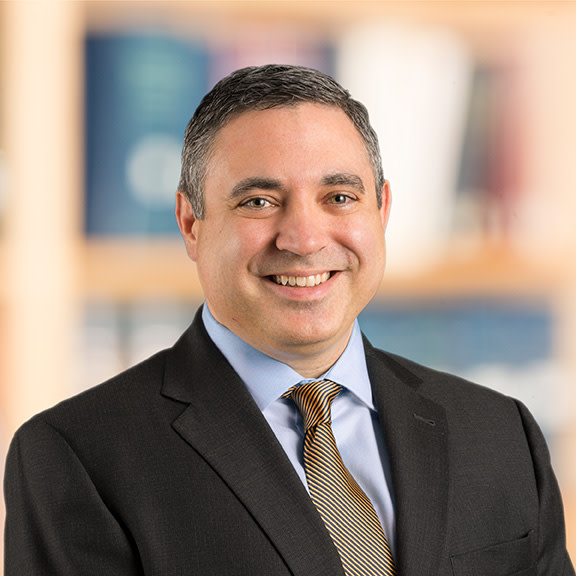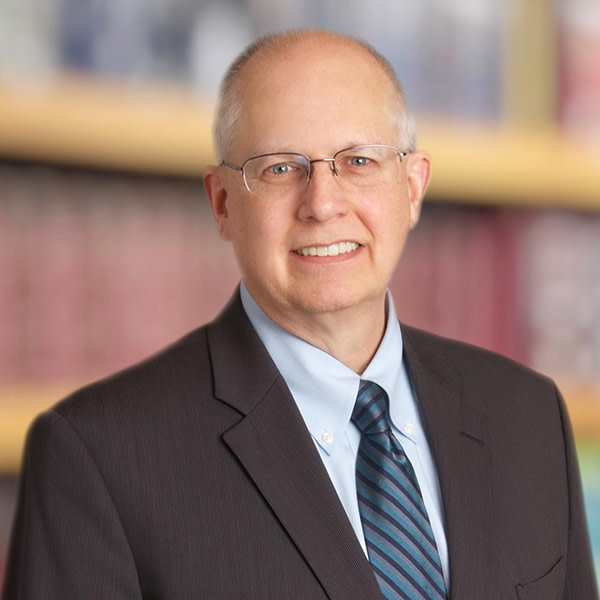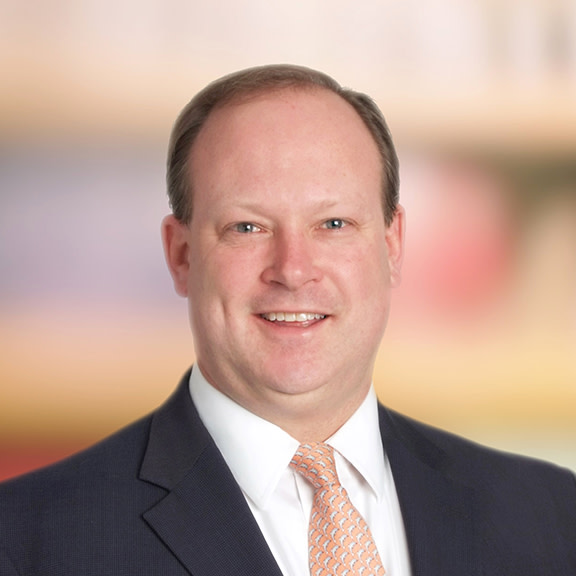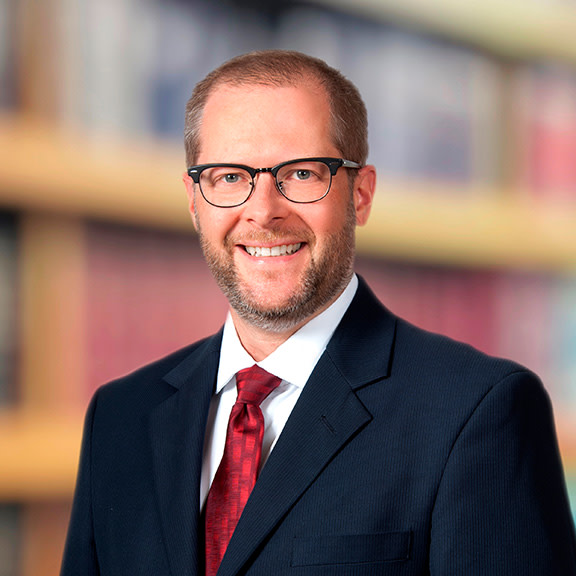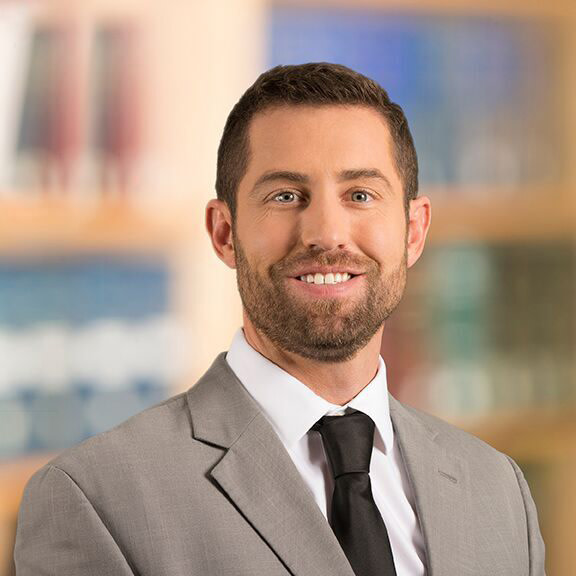The Paycheck Protection Program (“PPP”), one of the pillars of the economic stimulus enacted in response to COVID-19, reopened this week after Congress appropriated more than $284 billion to make loans to small- and medium-sized businesses under the program.
Originally enacted as part of the Coronavirus Aid, Relief, and Economic Security Act of 2020 (the “CARES Act”), the PPP provides low-interest loans to most businesses and certain nonprofits that have 500 or fewer employees (or in some instances more than 500 employees). Borrowers that use the loan proceeds for payroll and certain other expenses within 24 weeks are eligible to have the entire amount of the loan and all accrued interest forgiven, making the loans essentially equivalent to grants. Borrowers apply for PPP loans through private lenders; however, the loans are fully guaranteed by the federal government and administered by the U.S. Small Business Administration (“SBA”).
The first round of the PPP closed on June 30, 2020, with more than 5.2 million approved loans to small businesses totaling more than $525 billion. With the recent passage of the Consolidated Appropriations Act of 2021 (“CAA”), however, Congress reopened the PPP for both new and existing borrowers; expanded the purposes for which PPP loan proceeds may be used; and clarified the federal income tax treatment of PPP loans. The PPP will remain open through March 31, 2021, or until the program’s funding is exhausted.
First Draw Loans for New and Existing PPP Borrowers
In its renewal of PPP, Congress set aside $35 billion for initial loans, called “First Draw Loans.” These First Draw Loans are available to most small businesses and nonprofits that employ no more than 500 people (or in some instances more than 500 people), as well as to sole proprietors, independent contractors, and self-employed individuals. Businesses generally can borrow up to 2.5 times their average monthly payroll, not to exceed $10 million.
Congress earmarked an additional $15 billion in First Draw Loans for eligible borrowers who employ no more than 10 people or are seeking loans of $250,000 or less, and are located in low- or moderate-income neighborhoods.
Some existing PPP borrowers may also apply for First Draw Loans, so long as the borrower did not receive forgiveness of a PPP loan by December 27, 2020. For example, a borrower who returned some or all of the PPP loan proceeds disbursed by its lender may reapply for those funds as a First Draw Loan. Similarly, borrowers who received approval for a PPP loan but did not accept the full amount may seek the remainder as a First Draw Loan.
Second Draw Loans for Existing PPP Borrowers
Congress designated additional funds for certain borrowers who previously received a PPP loan but have been particularly hard-hit by COVID-19. Specifically, an existing PPP borrower may apply for a “Second Draw Loan” if the borrower has 300 or fewer employees; experienced a 25 percent or greater decline in gross revenues in 2020, as compared to 2019; and has used, or will use, the entire amount of its original PPP loan for allowable expenses on or before the disbursement date of the Second Draw Loan.
In general, Second Draw Loans are limited to the lesser of 2.5 times a borrower’s average monthly payroll, or $2 million; however, certain accommodation and food services businesses may apply for up to 3.5 times their average monthly payroll (again capped at $2 million).
Congress also earmarked $25 billion in Second Draw Loans for eligible borrowers who employ no more than 10 people or are seeking loans of $250,000 or less, and are located in low- or moderate-income neighborhoods.
Expanded Use of PPP Loan Proceeds
In general, the loan forgiveness rules originally set forth in the CARES Act, as amended, continue to apply to First Draw Loans and Second Draw Loans. In order to qualify for full forgiveness, for example, borrowers still must use at least 60 percent of their PPP loan proceeds on payroll costs, and borrowers still must certify that the loan was necessary to support ongoing operations.
However, CAA expands the allowable uses of PPP loan proceeds. Specifically, borrowers may use PPP loan funds for certain operations expenditures, such as software, cloud computing, and human resources and accounting needs; property damage costs stemming from public disturbances occurring in 2020; costs stemming from supplier contracts executed prior to the loan date that are essential to the borrower’s operations; and costs related to procuring personal protective equipment for staff and compliance with federal, state, and local COVID-19 guidelines.
CAA also revised the forgiveness process by permitting borrowers to choose the “covered period” during which PPP loan proceeds must be spent to qualify for forgiveness. Under the CARES Act, as amended, borrowers had to choose either an 8- or a 24-week covered period beginning on the date of loan disbursement. Under CAA, borrowers may elect a covered period that begins on the date of loan disbursement and ends on any date that is between 8 and 24 weeks after the disbursement date.
Clarification of PPP Loan Tax Treatment
CAA also clarifies the federal income tax treatment of PPP loans. The CARES Act specified that when a PPP loan was forgiven, the borrower was not required to recognize the forgiven debt as gross income (an exception to the general rule that cancelation of debt must be included in a taxpayer’s gross income).
Following the passage of the CARES Act, however, the IRS published a notice stating that borrowers could not deduct otherwise-deductible expenses, such as rent, payroll, and utilities, funded with PPP loan proceeds that had been or were expected to be forgiven. In effect, CAA legislatively overrules the IRS notice and allows borrowers to exclude PPP loan proceeds from taxable income and deduct expenses paid with such proceeds.
For more information, please reach out to your primary Hahn Loeser attorney or to one of the attorneys listed below.
